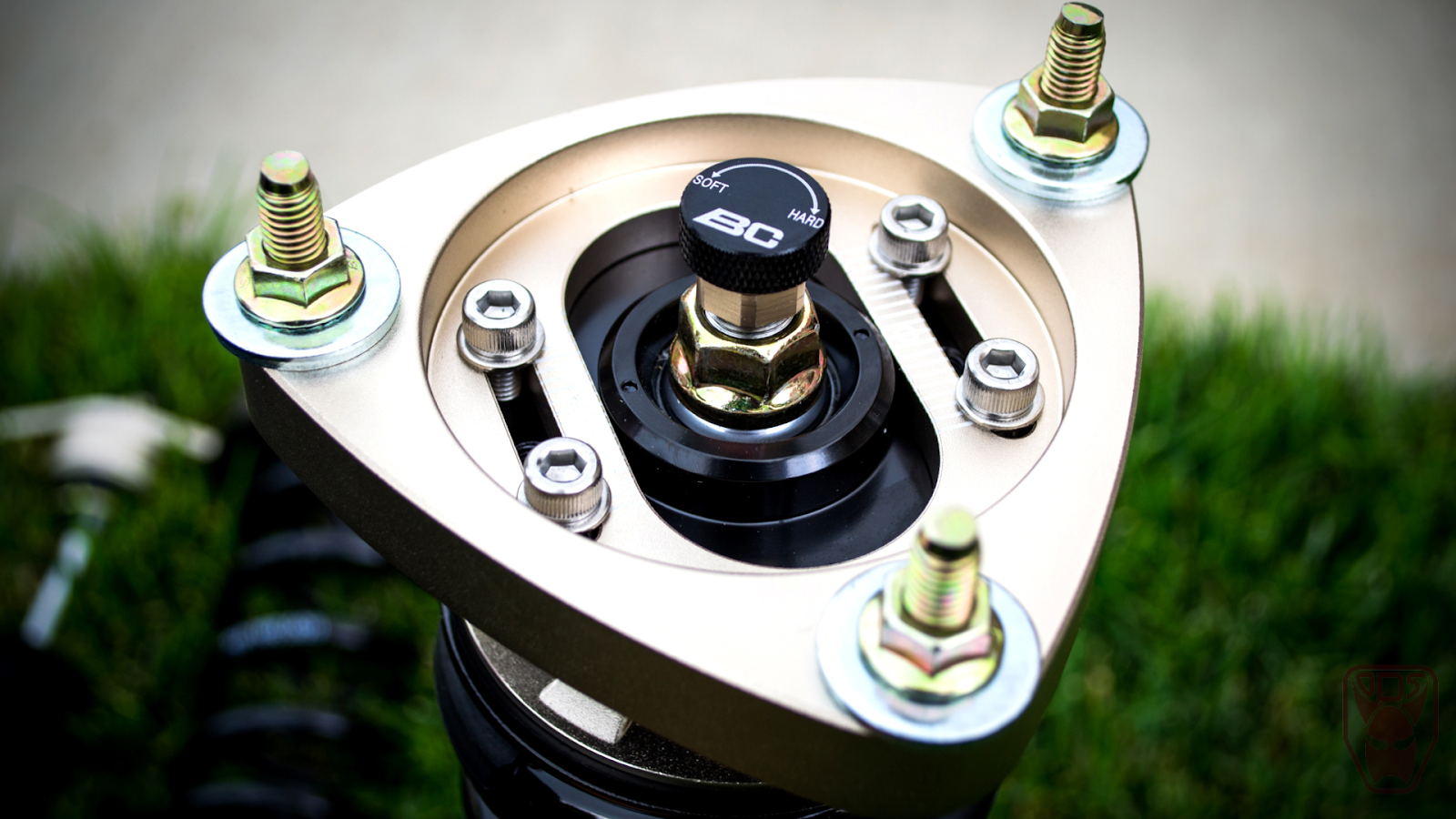
Proper suspension alignment plays a vital role in your vehicle’s handling, comfort, and tire performance. Whether you’re a racing enthusiast or simply want your daily driver to handle corners more smoothly, understanding how alignment works can make a big difference. One of the most effective upgrades for improving alignment precision is installing camber plates. These specialized components allow drivers to fine-tune their suspension geometry, resulting in improved control, reduced tire wear, and enhanced overall driving experience.
Understanding Suspension Alignment
Before exploring how camber plates improve alignment, it’s important to understand what suspension alignment means. Alignment refers to the angles at which your wheels meet the road. The three key angles—camber, caster, and toe—determine how your tires contact the surface during driving. When these angles are off, your car may experience uneven tire wear, poor steering response, or instability while turning.
Among these angles, camber is particularly important. It refers to the inward or outward tilt of your tires when viewed from the front of the vehicle. A small amount of negative camber (where the top of the tire leans inward) helps improve cornering performance by increasing the tire’s contact patch during turns. However, too much or too little camber can cause problems, which is where camber plates come in.
What Are Camber Plates?
Camber plates are adjustable metal components that replace the factory upper strut mounts on your vehicle’s suspension system. They are commonly used in performance and racing setups but are also beneficial for everyday drivers seeking more precise alignment control.
A camber plate allows you to adjust the camber angle of your front suspension without needing to change other parts of your setup. Most standard vehicles don’t have built-in camber adjustment options, so adding camber plates gives you the flexibility to fine-tune your suspension geometry exactly as you want.
How Camber Plates Improve Alignment
When you install camber plates, you gain the ability to make small but meaningful changes to your wheel alignment. By adjusting the position of the top of the strut, camber plates help you set the ideal angle for your driving style and conditions.
For example, performance drivers often prefer more negative camber to improve grip while cornering. This setup ensures the tire maintains maximum contact with the road even when the car leans into a turn. On the other hand, street drivers may opt for a milder camber setting to promote even tire wear and comfortable handling.
Because camber plates make these adjustments easy and precise, they help you maintain proper alignment even after installing aftermarket suspension parts or lowering your vehicle. Without them, achieving accurate alignment can be challenging and often requires additional modifications.
Benefits of Using Camber Plates
Installing camber plates offers several benefits beyond alignment flexibility. One major advantage is improved tire longevity. When your camber angle is correctly set, your tires wear evenly, preventing premature damage and saving money on replacements.
Another benefit is enhanced steering response. Proper camber adjustment allows your tires to stay planted during aggressive cornering, providing better control and confidence behind the wheel. Drivers often notice smoother handling and more predictable performance after installing camber plates.
Additionally, camber plates can increase suspension stiffness and reduce unwanted movement in the upper strut mount. This can translate into a more direct road feel, which is especially beneficial for high-performance and track-oriented vehicles.
When to Consider Installing Camber Plates
You don’t have to be a professional racer to enjoy the advantages of camber plates. If you’ve lowered your car, upgraded your coilovers, or noticed uneven tire wear, adding camber plates can help restore proper alignment and improve performance.
They’re also useful for those who frequently drive on winding roads or participate in motorsport events, where precise handling is crucial. However, even casual drivers who want to maintain a smoother and safer ride can benefit from the adjustability that camber plates provide.
Professional installation is recommended, as setting the correct camber angle requires accurate measurements and alignment equipment. Once installed and properly tuned, camber plates can make a noticeable difference in how your vehicle behaves on the road.
Conclusion
Camber plates may seem like a small upgrade, but their impact on suspension alignment and handling is significant. By allowing precise camber adjustments, they help drivers achieve better tire contact, smoother handling, and improved overall performance. Whether you’re fine-tuning your vehicle for the track or simply aiming for a balanced, comfortable drive, camber plates offer the flexibility and precision needed to perfect your suspension setup. In short, they’re an essential component for anyone serious about achieving better suspension alignment and maximizing their car’s potential.
